In the world of watch repair we see plenty of different types and styles of watch. Differences can be found in many different areas – be it the style of dial, functions the watch provides, type of case, type of escapement… the list is huge. In this blog post we’re going to focus on the difference between a manual-wind and an automatic watch.
Similarities of the Watch Types
To provide some background – Manual-wind and automatic watches are generally speaking very similar, they are both types of mechanical watch. All mechanical watches rely on certain principles:
- There needs to be a source of motive force to power the watch
- A gear train is needed to operate the time indication.
- Something is needed to control the speed at which the gear train moves (escapement and oscillator)
- A mechanism is needed to wind the watch
- A mechanism is needed to set the time
- All these parts must be attached to a frame or plate
In the vast majority of the above areas, there is no fundamental difference between a manual-wind and automatic watch.
Both manual-wind and automatic watches use a spring (the mainspring) as their form of motive force to power the watch. This spring is coiled inside a small drum (barrel) and when the watch is wound, the spring is constantly trying to unwind.
The force this produces is transferred through the gear train and released in a controlled manner by the action of the escapement and oscillator. The manner in which this spring is wound up is where the key difference between manual-wind and automatic watches can be found.
Manually wound movements
A manual-wind watch, as the name would suggest, is wound up by hand. Rotating the crown (winder) results in the mainspring being wound up via a series of wheels.
The mainspring is prevented from unwinding by a recoiling click and ratchet wheel. The click allows the ratchet to turn in one direction to wind up, but blocks it in the opposite direction. It recoils slightly to prevent the mainspring being wound extremely tightly, as this could lead to problems caused by too much force being produced .
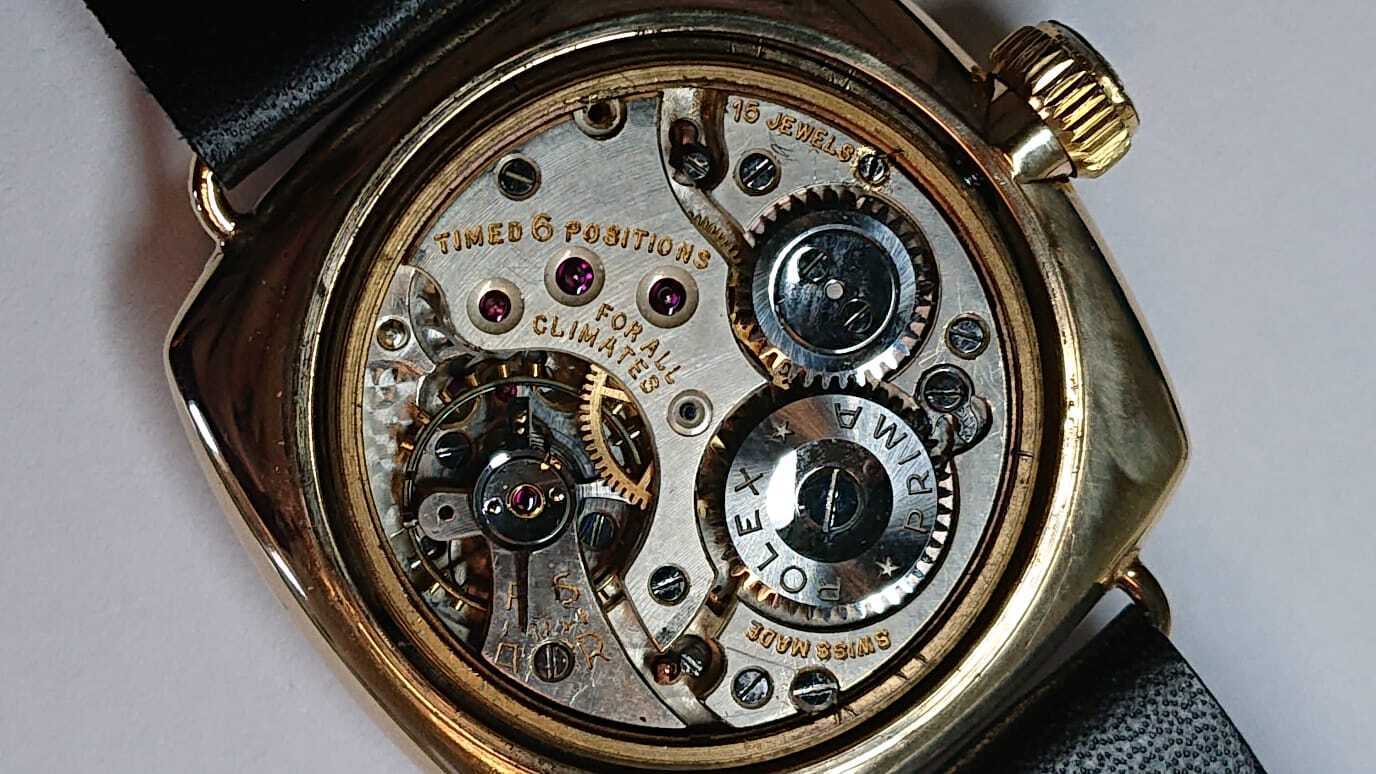
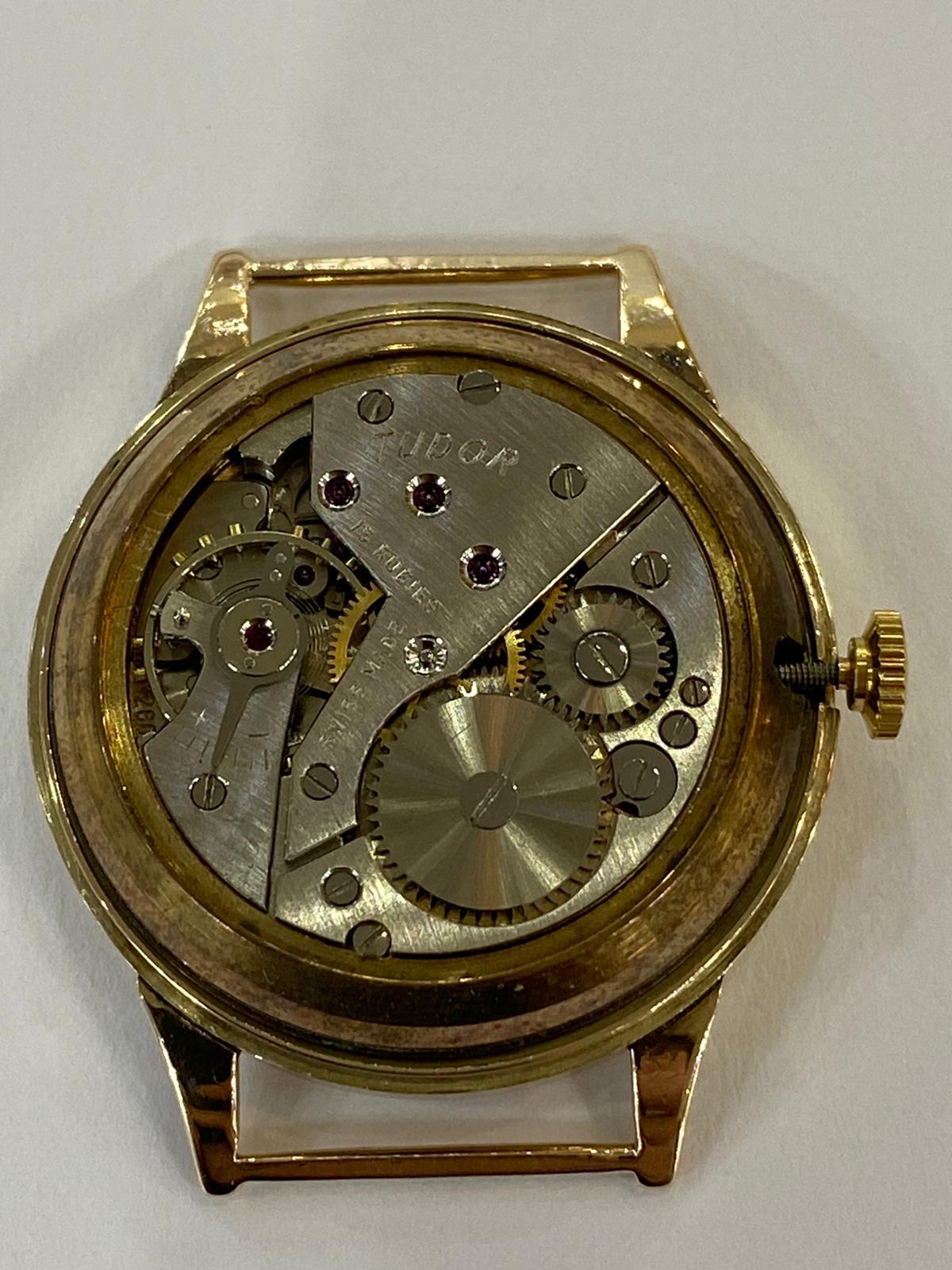
Automatically wound movements
An automatic watch may also facilitate winding using the above system, though the mainspring used in an automatic watch is different. Automatic mainsprings are designed to slip around the inside of the barrel once they reach a certain point of winding. This is necessary because the watch is constantly being wound, via an automatic winding mechanism, as it is worn.
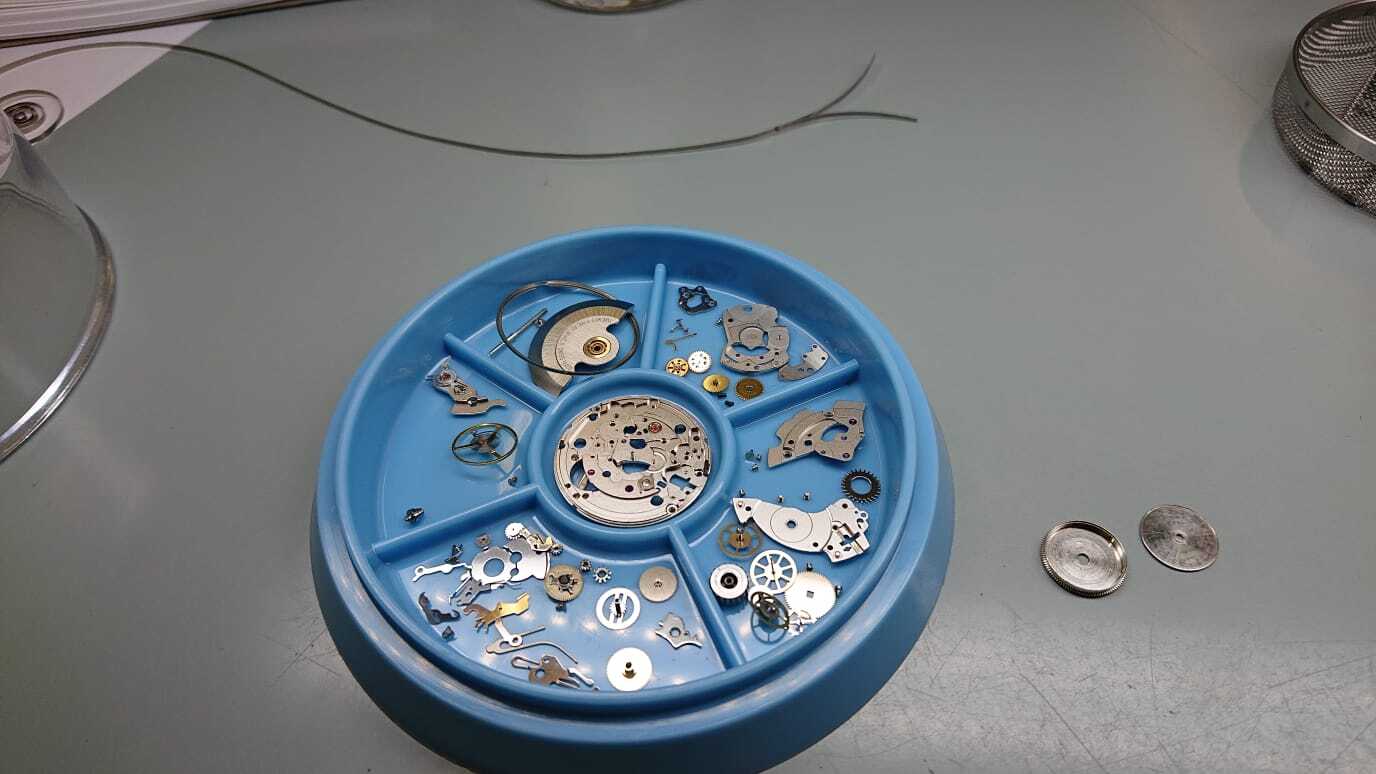
Automatic winding mechanisms come in a huge number of different designs – some better and more efficient than others! They usually involve an oscillating weight (or rotor), which swings through 360 degrees with the movement of the watch on the wrist. The motion of the rotor is transferred through to the ratchet and mainspring via a reverser mechanism. During watch servicing these reversers are often worn out and in need of replacement, as they have a hard life, though some types like the “magic lever” system are quite robust.
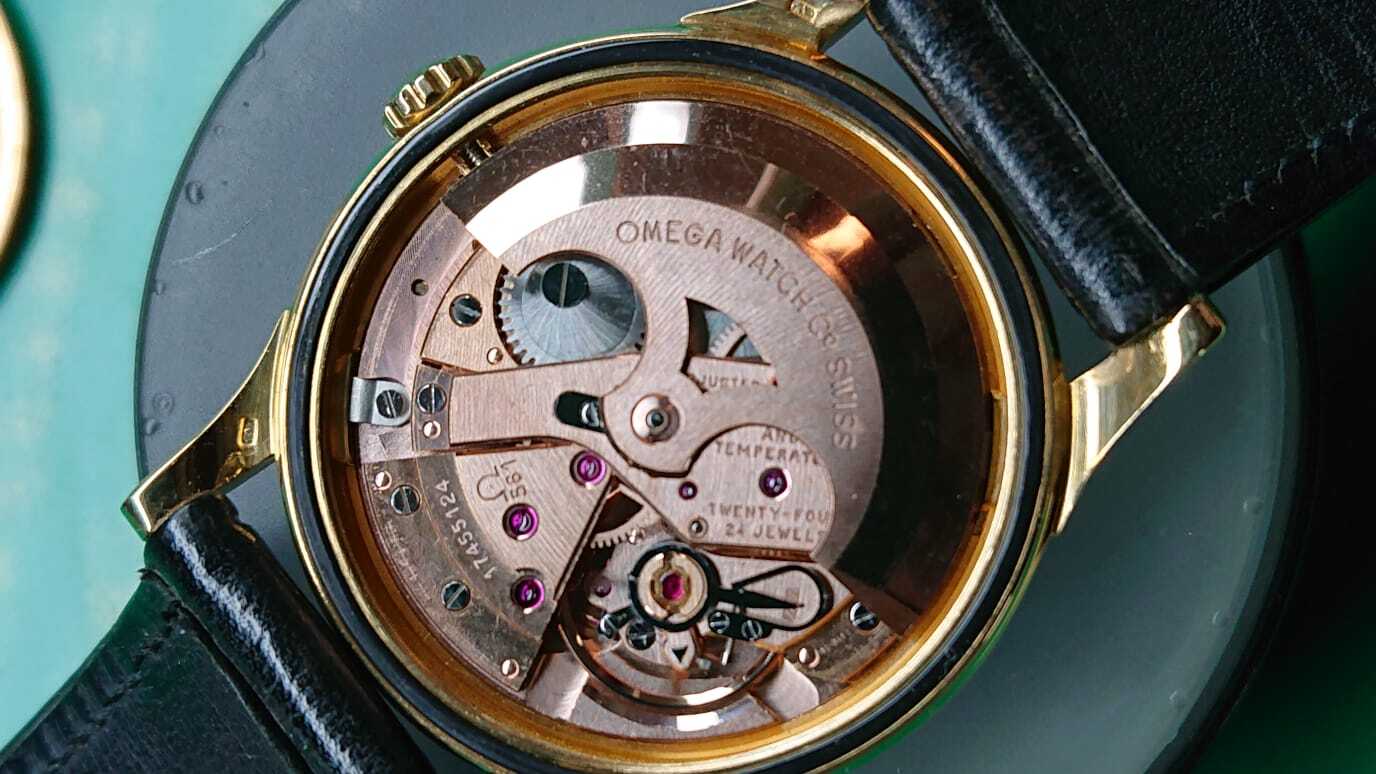
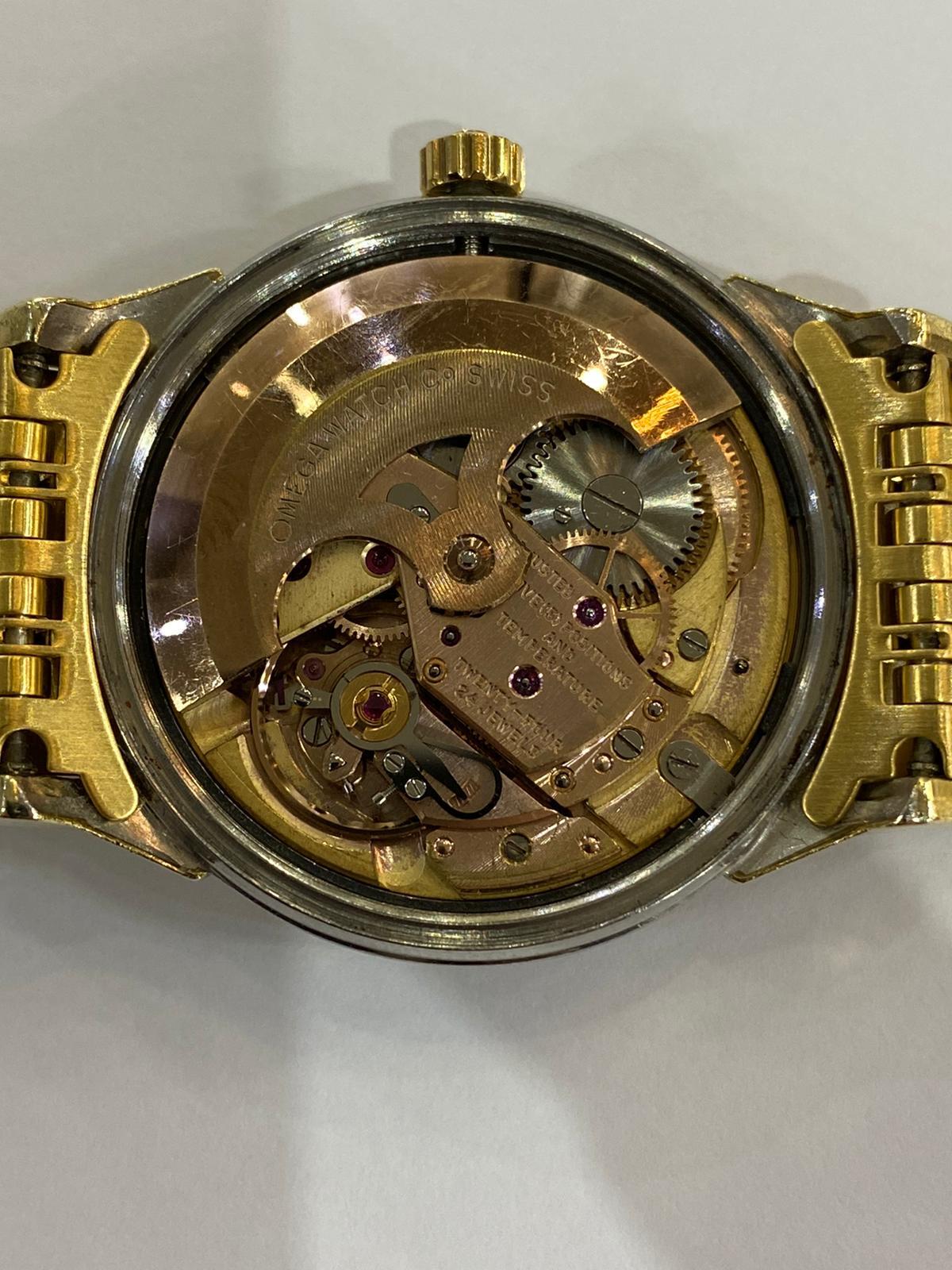
Manual-Wind vs Automatic Watches
So manual-wind and automatic watch are very similar. The difference lies in the method in which the mainspring is wound up, and the type of mainspring used. Automatic watches are wound by the movement of the watch on your wrist, and they may also be wound up by rotating the crown. Manual-wind watches are wound up by rotating the crown only.
We are able to repair almost any type and brand of manual-wind and automatic mechanical watches. From vintage manual-wind Rotary and Omega, through to modern automatic Rolex and Tag Heuer, we are able to help.
If you have a watch in need of repair – do not hesitate to contact us. We offer a fully insured, freepost repairs service to clients all around the UK and our Feefo Platinum Trusted Service Award is testament to the excellent service we provide to our clients.
Please ask us any question you may have, or send a photo via our Ask the Watchmaker page.
We look forward to hearing from you soon
David Clark PJGemDip PJDip CertGA
Managing Director
W.E. Clark & Son Limited
